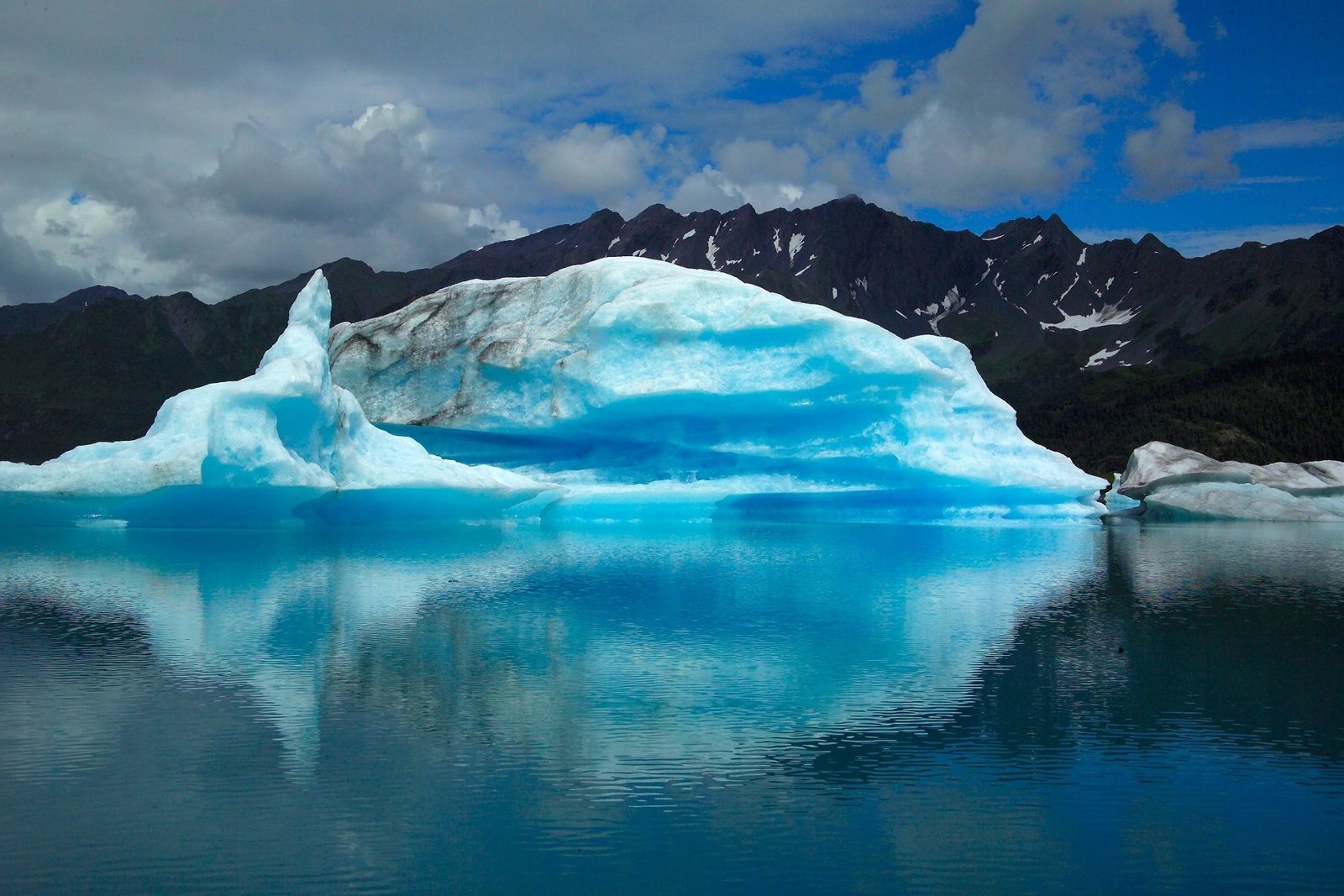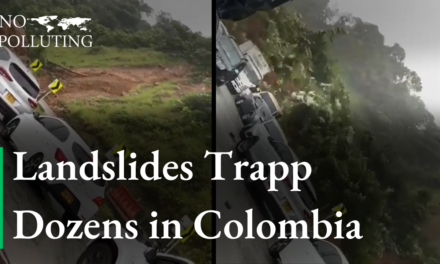Across Bolivia, even in protected areas recognized by the United Nations for their diversity of wildlife, more than 1,000 artisanal mining operations are razing trees, diverting waterways, and reshaping the land in their search for gold.
While miners are making a living, though, they are also dispersing mercury through the air, water, and soil.
Their use of mercury has helped propel Bolivia to become the world’s biggest importer of toxic substances.
Bolivia has long been criticized by environmental and civil society groups for its lax regulation of the element, of which the vast majority is used for gold mining.
Last year, Marcos Orellana, a professor of environmental law at George Washington University who is the UN’s special rapporteur on toxics and human rights, urged the Bolivian government to take action against the mercury trade, noting that its approach “has generated serious impacts on the human rights of populations affected by mercury contamination, including members of Indigenous peoples.”
In response, Bolivia’s attorney general defended the country’s adherence to the Minamata Convention, citing pilot programs among miners to raise awareness of the effects of mercury and to promote alternative technologies.
Little has changed in remote mining camps, and this past September, Orellana presented a report to the UN’s Human Rights Council that called for a global ban on trading mercury and on using it in small-scale gold mining, which is now the world’s largest source of mercury pollution.
He singled out Bolivia as a reported hub for mercury smuggling to other countries in the Amazon Basin. In October, when Orellana was in La Paz, Bolivia’s capital, for a conference on mercury, two Bolivian NGOs released preliminary findings of their own mercury studies, which showed that communities downstream of mining activity have abnormal and, in some cases alarming, levels of mercury in their bodies.
Read more on: Yale Environment 360
Photo: Knut-Erik Helle / Flickr










